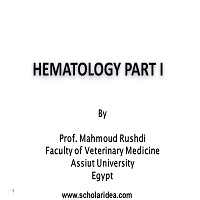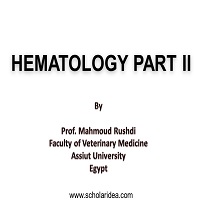White blood cells (WBCs) count
There are six types of white blood cells circulates in the blood circulation, which are Neutrophils, lymphocytes, eosinophils, basophils, monocytes and band cells.
White blood cells count is an integral part of complete blood count (CBC), and include two main components:
1- White blood cells count.
2- Differential leucocytes count.
Total white blood cells count:
There are two methods for counting WBCs: 1) Automated method through the electronic blood cells counter. 2) Manual method using the hemocytometer. Electronic counter is more accurate than the hemocytometer method. The electronic counter is expensive, needs periodical maintenance. Maintenance of blood counter is very important; failure to do that will result in misleading results. The hemocytometer method takes longer time, but it is cheaper, which make it suitable for a small laboratory. White blood cells count is expressed in Thousand/cumm, or Giga/liter (G/l).
Differential leucocytic counts (DLC):






